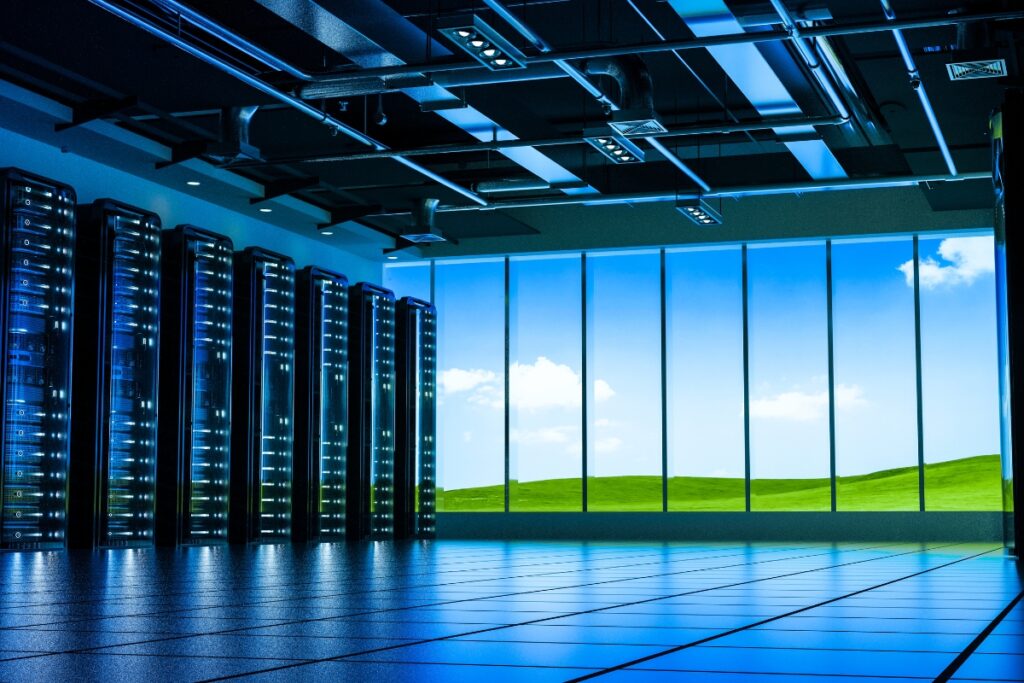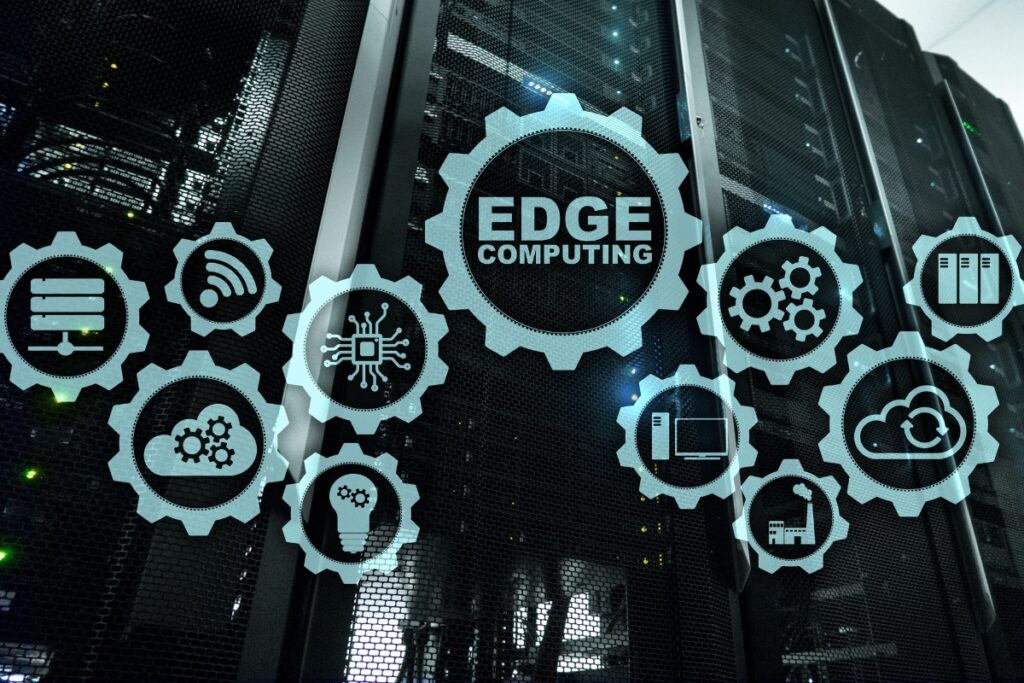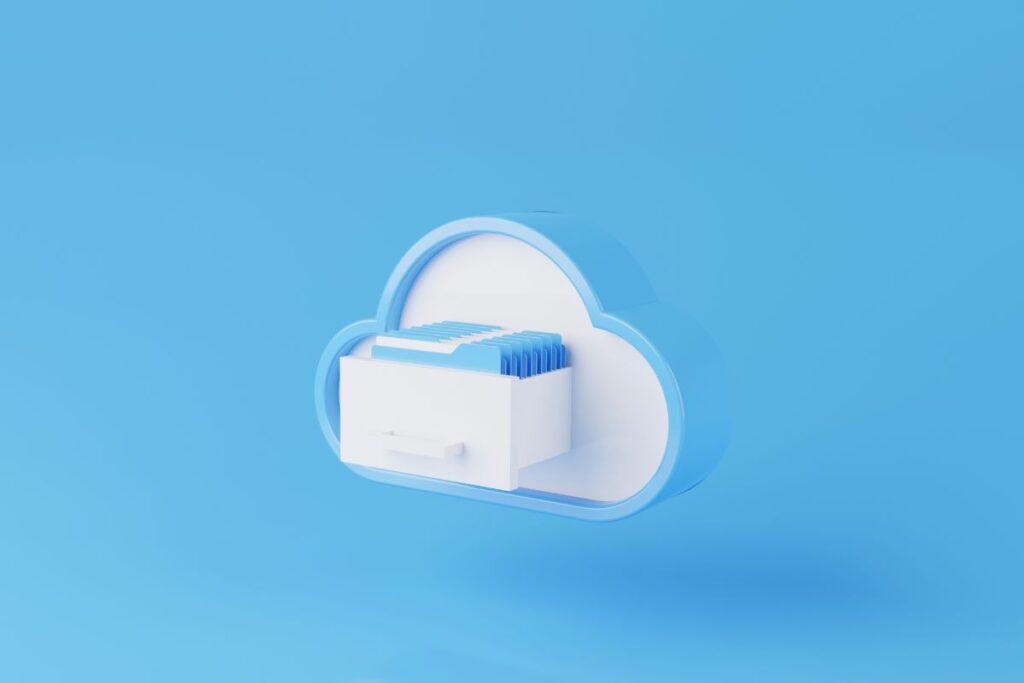Unleashing the Power of AWS: How using RDS and EC2 Benefits you?
Introduction
In the ever-evolving space of cloud computing,Amazon Web Services (AWS) stands tall as a pioneering force. In this digital age, two cornerstones—Amazon RDS (Relational Database Service) and EC2 (Elastic Compute Cloud)—emerge as transformative elements, reshaping the way businesses scale, operate efficiently, and innovate.
AWS CLI: Your Command Center
In AWS, mastering the AWS Command Line Interface (CLI) is akin to unlocking a treasure chest. The AWS CLI serves as your direct conduit to AWS infrastructure, allowing precise command-line control. Explore the intricacies of AWS CLI usage, especially concerning RDS and Aurora, in our comprehensive guide here.
EC2: Powering the Cloud
At the core of AWS’s computing prowess lies EC2, a virtual workhorse that fuels cloud-based applications. Understanding the depth of EC2’s capabilities is paramount for businesses seeking to extract the full spectrum of benefits from AWS. Explore the boundless possibilities that EC2 unfolds here.
Amazon RDS: Simplifying Databases
In database management, Amazon RDS emerges as a game-changer. It streamlines database operations, offering automated backups, ensuring high availability, and delivering scalable performance. For businesses prioritizing efficient data management, Amazon RDS is not merely an option; it’s a necessity.
The Synergy of RDS and EC2
The magic unfolds when RDS and EC2 seamlessly collaborate. EC2, with its scalable compute capacity, integrates seamlessly with RDS databases. The result is a dynamic duo that empowers businesses to build scalable, reliable, and high-performance applications. Let’s unravel how these services complement each other to forge robust cloud-based solutions.
Unveiling the Synergy
EC2, the scalable virtual machine, aligns seamlessly with Amazon RDS databases, creating a synergy that forms the backbone of AWS capabilities. Here’s a closer look at how this collaboration works:
1. Resource Scalability:
EC2, known for its scalable compute capacity, complements RDS by providing the necessary resources for applications to scale seamlessly. This ensures that as the demand for your application grows, the underlying infrastructure can adapt effortlessly.
2. High Availability:
RDS, with its automated backups and failover capabilities, aligns with EC2’s high availability features. This synergy ensures that your applications remain accessible and operational even in the face of unforeseen challenges.
3. Performance Optimization:
EC2’s flexible compute capacity allows businesses to optimize application performance. When integrated with RDS, which offers scalable and high-performance database solutions, this collaboration ensures a robust and responsive user experience.
4. Cost Efficiency:
Leveraging EC2 and RDS together allows for a cost-effective approach. Businesses can match the compute capacity precisely to their requirements, avoiding unnecessary costs and optimizing resource utilization.
Getting Started on Your AWS Journey
The prospect of venturing into the AWS landscape can be exhilarating. For those new to the AWS CLI, a detailed guide on using it for RDS and Aurora awaits here. Let this serve as your initiation into a world of possibilities.
Conclusion: Elevating Your Cloud Experience with IK Technologies
In AWS services, the strategic interplay between Amazon RDS and EC2 is crucial.This article has highlighted the pragmatic facets of leveraging these services, serving as a roadmap to construct a resilient, scalable, and innovative digital infrastructure.
As you uncover AWS, IK Technologies emerges as your seasoned guide, With our tailored expertise, your enterprise can confidently script its success story, fully harnessing the capabilities of Amazon RDS and EC2. Let IK Technologies be the steady hand that guides your cloud makeover, ensuring each element resonates with excellence and meets your unique business usecase.
FAQs: Navigate Your AWS Journey
1. How does the AWS CLI enhance RDS and EC2 management?
The AWS CLI provides direct command-line control, offering flexibility and efficiency in managing RDS and EC2.
2. Why is EC2 crucial for AWS services?
EC2 serves as a scalable virtual machine, a cornerstone for running applications in the cloud with efficiency and flexibility.
3. Are there alternatives to the AWS CLI for managing AWS services?
AWS offers various interfaces, including the Management Console, SDKs, and APIs, catering to different user preferences.
4. How often should businesses update EC2 instances?
Regular updates are crucial for security, performance, and accessing the latest features. AWS provides guidelines for seamless instance updates.
5. What are the best practices for optimizing costs with EC2 and RDS?
Optimizing costs involves selecting the right instance types, monitoring resource usage, and utilizing AWS pricing models effectively.

















